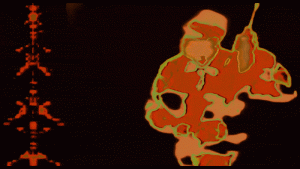(by Sascha)

Süddeutsche Zeitung Online features an interesting article on whether nanotech-equipped soldiers are a very likely scenario in the near future. The research, often advanced by the Institute for Soldier Nanotechnology, which is a division of MIT, was recently assessed in a study funded by the German ministry of defense. The researchers at INT Fraunhofer-institute stated that many of the concepts regularily put forward by the U.S. military as almost ready to deploy, are still completely utopian and maybe will be forever. Namely smart dust, self-healing body armor and self-reproducing nanobots.
However, the concepts do play a role in politics already, for example in one incident where the U.S. claimed that China was developing nano-ants to attack America’s infastructure. Eventually, it turned out that this strategy was originally developed by RAND Corporation, a notorious U.S. think-tank.
Another scientist, Jürgen Altmann, has a different take on the subject. In a study titled “Military Nanotechnology: Potential Applications and Preventive Arms Control“, he says that although nano-weapons are far from being imminent, there should be international treaties installed and the existing non-proliferation agreements extended. He also proproses a general ban on autonomous robots which are smaller than 20 centimeters.
Scarily remindful of how much this technology is related to military research. Illustration (“MIT to make nanotech army wear“) picked from H. Thomas. (Update: This image was apparently used to add some bang to a MIT-proposal for a $50 million grant related to nanotech. It was allegedly taken from Radix, a comic book by two Montréal-based artists. The use of Sci-Fi imagery kind of ironically sums up some things here. Thanks csven.)







